APPLE has unveiled its latest iPhones, the iPhone 6S and iPhone 6S Plus with 3D Touch, faster Touch ID sensors and improved front and rear cameras. It also announced new Apple Watch models, the long-rumoured larger-screen iPad Pro and a refreshed Apple TV with new software, touchscreen remote and Siri.
Apple iPhone 6S Event, key points:
- Apple has unveiled two new smartphones, Apple iPhone 6S and Apple iPhone 6S Plus
- Both new Apple smartphones have 3D Touch technology, which detects pressure sensitivity on the display
- 3D Touch allows you to press harder on an app icon for shortcuts or to preview URLs, addresses and photos from within an app
- Read our Hands On Review of the iPhone 6S and iPhone 6S Plus – is it worth the upgrade?
- iPhone 6S will also be available in Rose Gold – a new colour for the Apple smartphone
- Apple has increased the rear camera from last year's eight megapixels to 12MP – capable of shooting 4K video
- iPhone 6S and iPhone 6S Plus front camera has been bumped up to five-megapixel, Retina display now acts as a Flash
- Live Photos are living photogrpahs, which have short bursts of video before and after the snap was taken - only available on 6S models
- Faster Touch ID fingerprint sensor, faster A9 processor and stronger aluminium body and glass display
- New Apple iPhones will retail for the same price as current iPhone 6, starting from £539. UK pre-orders available September 12
- Free iOS 9 update will be available September 16 and will add four hours of battery life to existing iPhones
- Apple Watch Sport gets two new tones, including Rose Gold, and a number of new Band colours – news which LEAKED earlier
- Apple also revealed a new iPad model, the iPad Pro sports a 12.9inch display, 10 hour battery life and new Apple Pencil stylus
- iPad Pro also has a folding full-size keyboard cover. Prices start at $799 for 32GB, some £530, and goes up to $1079 for 128GB, around £700
- New Apple TV announced with touchscreen remote, Siri everywhere, brand-new games and App Store
- The new set-top box will be available from October in a 32GB and 64GB model, although no UK prices have been announced
iPhone 6S and iPhone 6S Plus
Apple today unveiled its latest smartphones, the iPhone 6S and phablet-sized iPhone 6S Plus.
Both smartphones sport the same industrial design as their predecessors, but house a number of new features and improvements.
For starters, the iPhone 6S and iPhone 6S Plus are built from a new material which should avoid another BendGate scandal.
The Cupertino company is now using the 7000 Series aluminum alloy it developed for the Apple Watch Sport.
Apple claims on its website that its custom alloy is “60 per cent stronger than standard alloys. Yet it’s very light.
“It’s also exceptionally pure, with a beautifully consistent appearance that’s difficult to achieve with traditional aluminium alloys."
And with the new material comes a new colour.
Like the updated Apple Watch Sport announced earlier during its keynote, the iPhone 6S and iPhone 6S Plus will be available in Rose Gold.
Both new phones have a slightly larger case – some 7.1mm thick, compared to the 6.9mm iPhone 6 – which allows Apple to include its new 3D Touch technology.
Apple's 3D Touch uses pressure-sensitive technology to add layers of perceived depth to the multitouch display.
Most smartphone users are well accustomed to "multitouch" – the ability for phones to recognise touches from multiple fingers, enabling such capabilities as pinching to zoom on a single plane, but Apple's 3D Touch means the iPhone can detect the strength being applied to its display.
The Cupertino company showcased a few examples of how 3D Touch improves the iPhone operating system.
One example showed how pressing down harder on an App icon on the Home Screen gives you quick access to frequent in-app shortcuts.
Use 3D Touch on the Camera app and you might see a small menu pop-up with a shortcut to taking a selfie, or the Maps app might give you quick access to your directions home.
Pressing harder on the display enables new gestures which allow you to preview content such as web links, emails, addresses and photographs, without ever leaving the app.
For example, if someone sends you a postcode in a text message, you can press harder on the address to see a preview in Apple Maps, without leaving the text thread.
Pushing down on a URL will bring up a live preview on the website and you can also use the technique to preview the body of an email – which should speed up inbox triage.
NewsNewsBlog.blogspot.com tried out the new 3D Touch technology in our Hands On with the new iPhone – find out what we thought here.
Apple's iPhone 6S and iPhone 6S Plus have also been given a bump in camera quality.
The Cupertino company has increased the current eight megapixel rear camera to 12MP in the next generation iPhone.
This new 12 megapixel shooter has the ability to shoot 4k resolution video footage – a first for the iPhone series.
Powered by the new A9 chip, the iPhone 6S and iPhone 6S Plus now have enough grunt to allow you to edit the Ultra HD footage on the smartphone itself.
Unfortunately the iPhone 6S does not get a higher resolution display than last year's model, which means if you want to watch your 4K video – you'll have to do so elsewhere.
The iPhone 6S starts from £539 for 16GB in the UK. The iPhone 6S Plus, from £619 for the same internal storage configuration.
Apple has launched its own monthly mobile plan in the US, which allows you to upgrade your iPhone each year and choose your mobile carrier.
The unlocked phones start from $32 a month and a similar deal will be available to UK customers soon.
Both the iPhone 6S and iPhone 6S Plus will be available to pre-order on September 12 from around 8am UK time.
The latest Apple smartphones will be released in the US, UK and Europe on September 25. More markets will follow at a later date.
Apple also slashed the price of its best-selling iPhone 6 and iPhone 6 Plus – making them much more attractive deals.
Meanwhile, the colourful iPhone 5C was quietly dropped from the line up.
iPad Pro
Apple CEO Tim Cook used the iPhone 6S announcement to launch a new, larger-screen tablet computer called the iPad Pro.
Tim Cook told the whooping crowds gathered in the Bill Graham Civic Auditorium in San Francisco that the new 12.9inch tablet the "biggest news in iPad since the iPad.”
The iPad Pro will have a 12.9inch screen with more than 5.6million pixels – the highest ever pixel count on an iOS device, and higher than some devices in Apple's MacBook Pro with Retina Display range.
Apple has packed a 2732 x 2048 resolution into the 12.9inch display, which works out as a Retina-worthy 264pixels-per-inch.
The new larger iPad Pro is thin and light and boasts a battery life of some ten hours. Apple has also packed four speakers into the new tablet, another first for an iOS device.
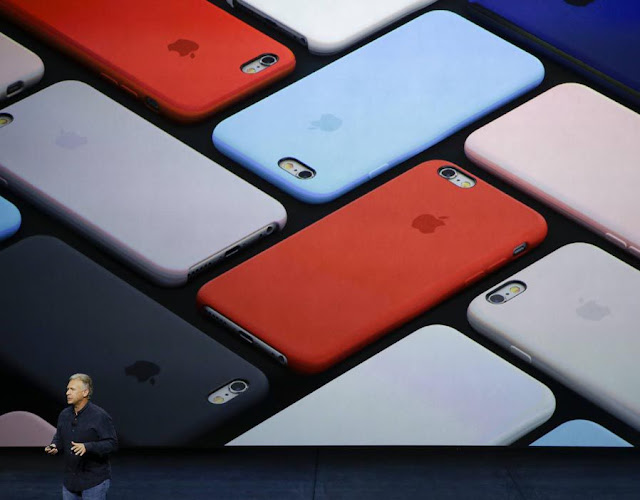 |
| Phil Schiller, Apple's senior vice president of worldwide marketing, talks about the camera features of the new iPhone 6s and iPhone 6s Plus |
Apple believes the new iPad will open the floodgates to a new generation of advanced apps aimed at productivity users – including design, illustration, engineering, medical and education.
The iPad Pro is aimed at productivity users and can edit up to three streams of 4K video simultaneously, thanks to the new A9X chip.
To help boost the productivity of iPad Pro owners, Apple has created a couple of accessories for the new device.
The firm has introduced a new stylus for the iPad Pro, dubbed the Apple Pencil.
The lightweight tech-filled input device, which will be available for purchase separately for $99 – around £65, aims to make drawing and sketching feel more fluid and natural.
Apple Pencil has sensors built into the tip to measure both pressure and tilt for a fast drawing experience.
A Lightning connector, housed under a cap where an eraser would sit on a traditional pencil, makes for quick and easy pairing and charging.
Apple Pencil also works with popular apps like Mail, Notes, Procreate and Office 365 for iPad, offering new levels of creativity and productivity.
 |
| A number of apps have been updated to work with Apple Pencil, including Adobe & Microsoft Office 365 |
Another accessory launched alongside the iPad Pro is a Smart Keyboard. The foldable QWERTY keyboard unfurls to sit beneath, and support, the laptop-sized iPad.
A new connector, dubbed Smart Connector port, transfers data and power between the keyboard and the iPad so you don't need to have to think about charging the keyboard, or pairing it with Bluetooth.
The Smart Keyboard, which starts from $169 – some £110, uses the same technology Apple developed to shrink the full-size keyboard in its lightweight new MacBook netbook.
“iPad Pro is the most advanced and powerful iPad we have ever made," said Phil Schiller, Apple’s Senior Vice President of Worldwide Marketing.
"Its beautiful and large 12.9-inch Retina display has 5.6 million pixels and provides an immersive experience for content and apps.
"The iPad Pro is far and away the fastest iOS device we have ever made — its A9X chip beats most portable PCs in both CPU and graphics tasks, but is thin and light enough to hold all day.
"The innovative Apple Pencil and new Smart Keyboard enable users to customise their iPad Pro experience to the particular apps they use and the work they do, making iPad Pro ideal for everything from professional productivity to advanced 3D design."
The new iPad also marks Apple's latest attempt to steal corporate customers away from Microsoft, whose personal computers have been business staple for decades.
Microsoft makes a tablet designed for the needs of office workers called the Surface Pro 3 that sells at prices starting at $800. With a 12-inch display screen, the Surface Pro 3 is slightly smaller than Apple's new tablet.
Although there has been a lot of speculation that Apple would do make a larger iPad, an announcement wasn't expected until October.
The iPad Pro will go on sale from November, starting at $799, some £530, for 32GB and goes up to $1079 for 128GB, around £700.
It was a great day- thanks @OneRepublic, our employees & our many customers around the world who watched. pic.twitter.com/F15RgjFsO8
— Tim Cook (@tim_cook) September 10, 2015Apple Watch
Apple CEO Tim Cook kickstarted by giving an update on the firm's latest device, the Apple Watch.
Mr Cook discussed watchOS 2 – the first major software update for the Apple Watch – which will allow outsider developers to write more sophisticated apps.
With the update, third-party developers can make apps capable of interacting directly with the Watch's sensors and controls. Before, third-party apps have been limited to being extensions of apps that run on the iPhone.
Developers will also be able to create Complications, the small snippets of information on the Watch face, for the first time.
Apple clearly hopes the new functionality provided by watchOS 2 will help spawn more compelling and unique apps.
Apple says the new capabilities will also allow additional health-related apps.
Facebook Messenger will be coming to the Apple Watch for the first time, thanks to the software update.
The social network was one of the few major internet firms which had not released an Apple Watch app.
GoPro also confirmed it would use the new features provided in watchOS 2 to create an app which allows customers to use thier watch's screen as a viewfinder for the action camera.
watchOS 2.0 software will be available as a free download starting next Wednesday, alongside the release of iOS 9.
At an event in San Francisco Wednesday, Apple said there are now 10,000 apps designed for the Apple Watch.
Apple TV
Apple CEO Tim Cook took the wraps off its new Apple TV set-top box during the annual iPhone announcement.
Tim Cook said the Cupertino company believes the future of TV lies in Apps.
That's why the new Apple TV – the first upgrade to the product category since January 2013 – features a brand-new operating system with its own App Store.
The operating system, which is dubbed tvOS, is based on the firm's upcoming iOS 9 update.
tvOS lavishes colour on the previous generations' gloomy greyscale user interface. It also adds Siri to the TV.
Apple's virtual assistant plays a significant role in the new update.
You can ask Siri to find movies by date, or genre – and then narrow down the results based on other criteria, "show only movies starring Steve Coogan", or "Show only animated ones", etc.
Apple showcased a couple more uses for its digital assistant, which first debuted in the iPhone 4S back in October 2011.
If you ask Siri "What did she just say?" during a film or television show, the digital assistant will skip back 15 seconds and temporarily turn-on closed captioning.
Siri can also provide information in the lower-third of the screen, including weather reports, the latest news and sports scores.
That information can be expanded into a fullscreen view for a more in-depth look.
The new Apple TV ships with a all-new remote, which has a glass trackpad to allow users to slide and tap their way through the new interface, similar to using a MacBook trackpad.
Elements of the user interface respond to your movement on the trackpad. Film posters and app icons rotate and move in a pretty 3D effect, based on your movements.
Apple has also included a Menu, Home, Siri and Play/Pause button. The redesigned remote control also has volume controls, which can be programmed to work with your existing television set.
The new remote will charge using a standard Lightning Connector – familiar to iPhone and iPad customers.
Battery life is around three months on a single charge, according to Apple.
The Lightning port is also used to connect the Remote Loop – a new wrist strap to stop you from accidentally flinging the controller into your HD TV when using the motion controls.
These motion controls allow you to swing your arms like a Wii remote to control characters on-screen.
Netflix, HBO, NowTV, GILT and Crossy Road and a number of other content providers have already written apps ready for the Apple TV.
Console games like Guitar Hero and Star Wars Infinity will also be available on the new Apple set-top box.
"TV plays a huge role in our lives and it occupies an important place in our homes," CEO Tim Cook said during his presentation.
But whether Apple is able to convince customers and third-party App developers that its new hardware and software will revolutionise the living room remains to be seen.
Apple is planning to release its new Apple TV in October in the US, UK and other markets. Prices start at $149 – some £96 for a 32GB model.
Another model with 64GB of internal storage will be available for $199, around £130.
Remote Loop will be sold separately. Official UK Pricing and Availability has yet to be released.
tvOS – including the App Store and Siri functionality – will not be available backwards compatible with existing Apple TV set-top boxes.



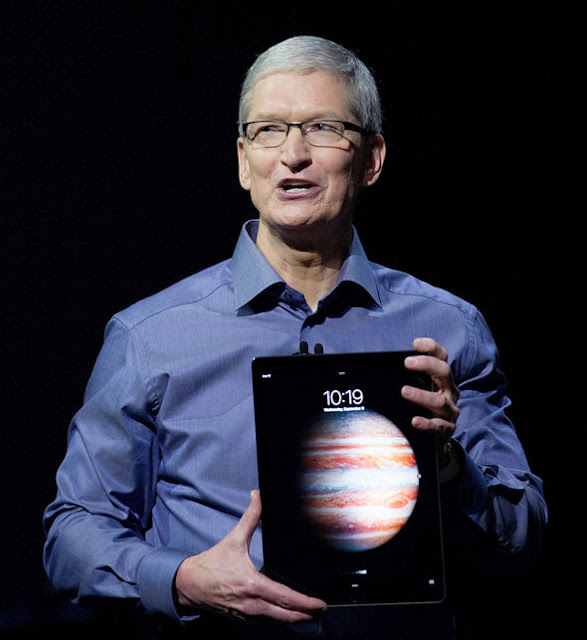
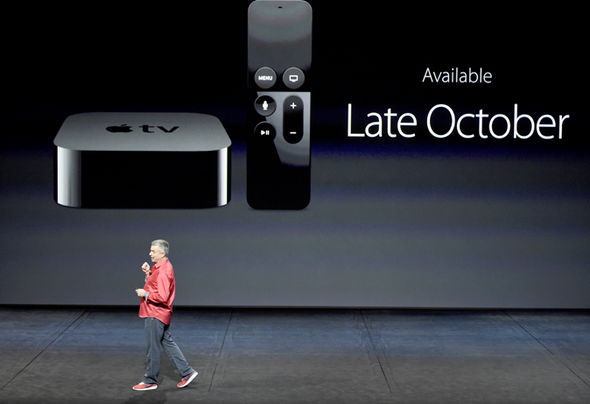

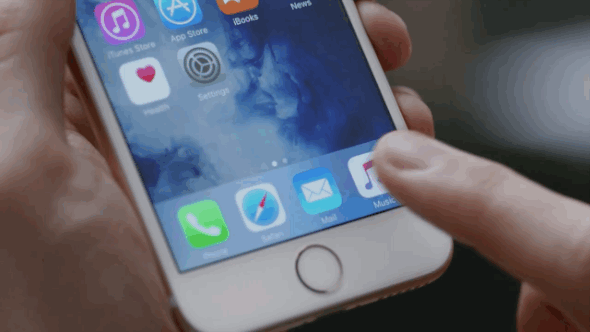

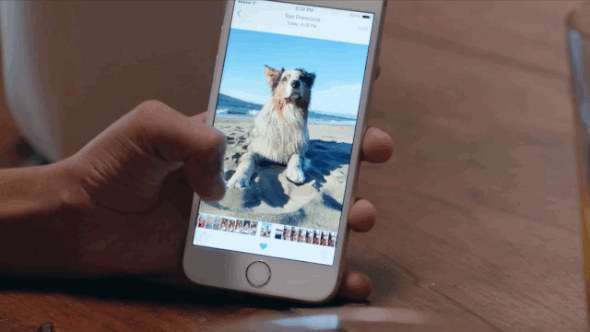
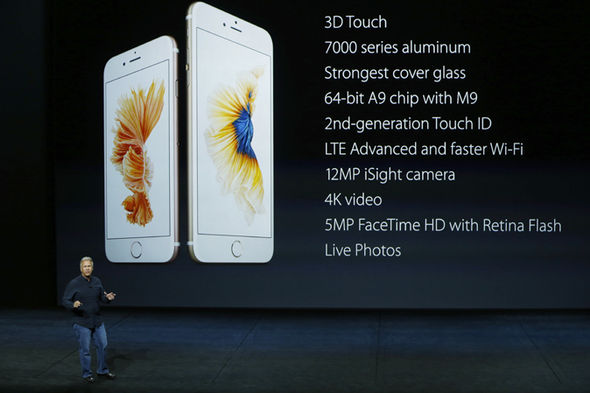

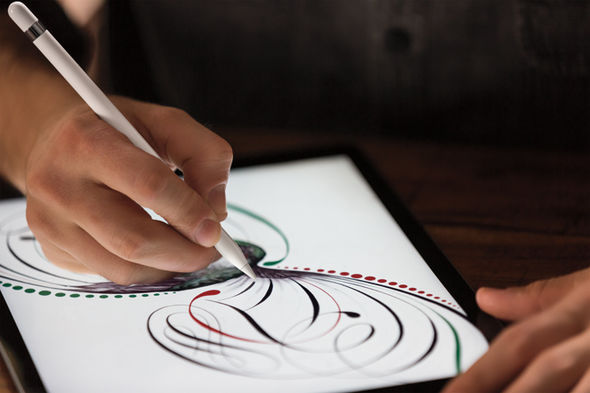
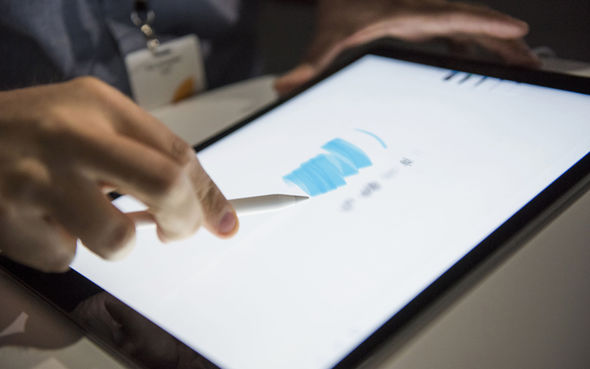


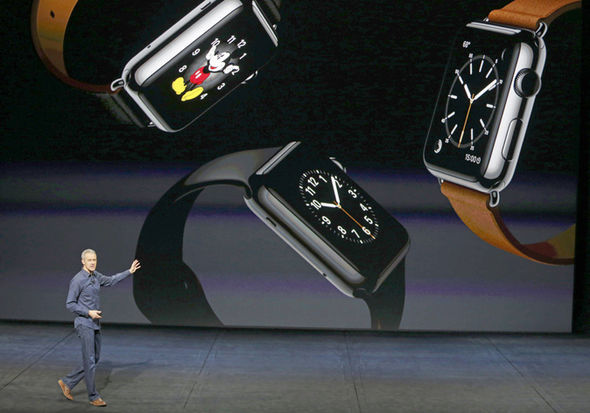
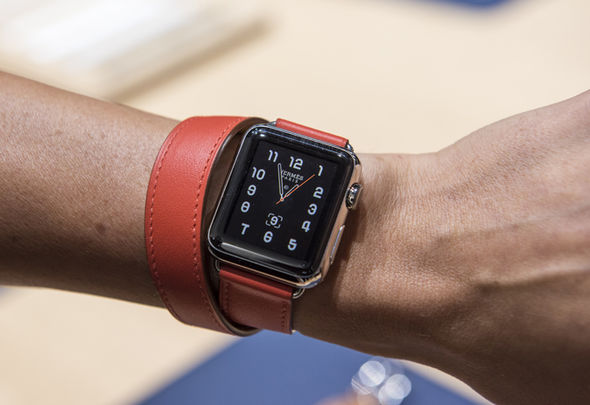
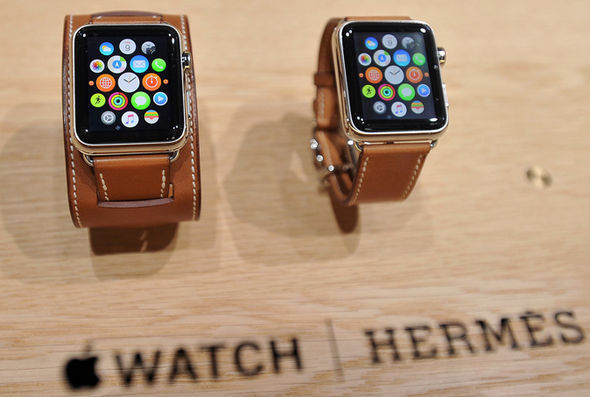
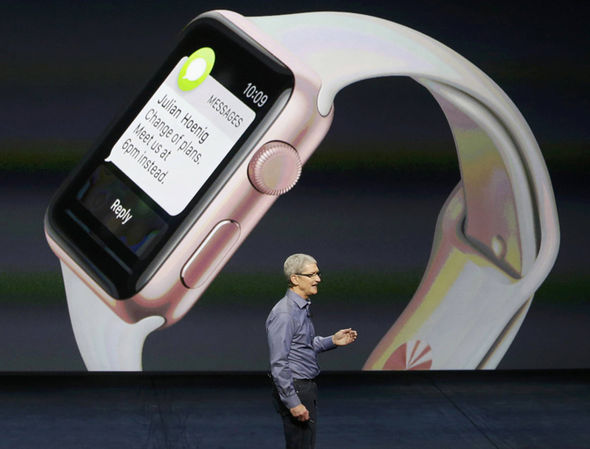
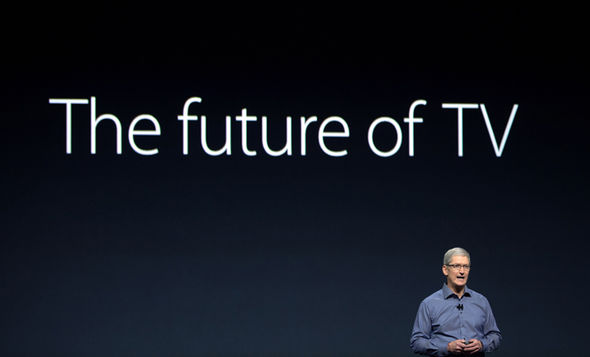


Post a Comment Blogger Facebook Disqus